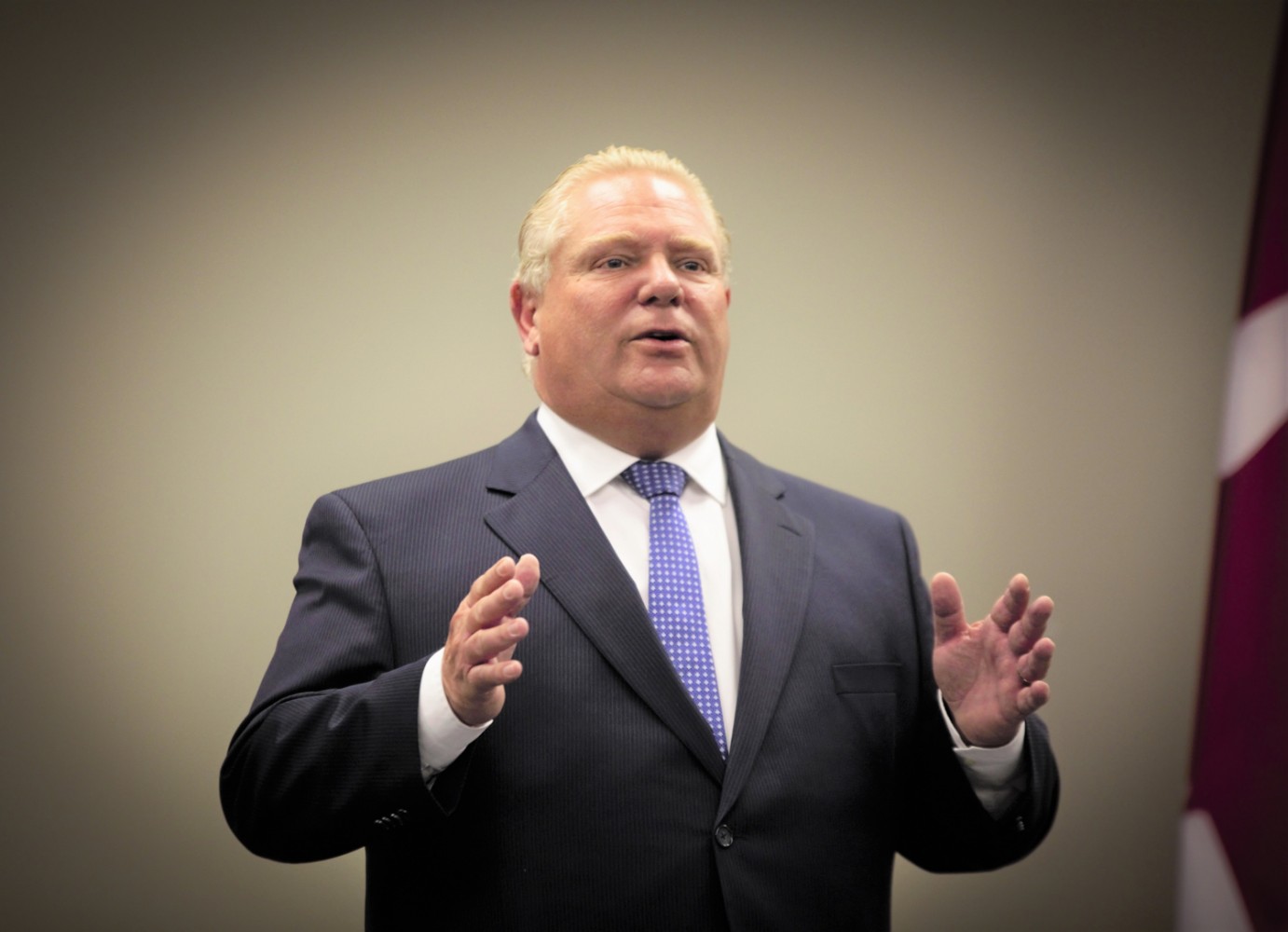
What to look for in the Ontario Legislature’s new session
With February more than halfway through, the Ontario Legislature will finally be sitting for the first time in 2018 today. With the end of the extended holiday break, MPPs will be returning to debate several items of special interest to Bramptonians.
Those include Bill 42, the PC version of legislation intended to reduce the high cost of auto insurance. Milton MPP Parm Gill’s bill seeks to prevent insurers from using postal codes and telephone area codes as a factor in determining premiums. The bill has less bite than an NDP bill introduced by Brampton East MPP Gurratan Singh, which would have made the GTA into a single geographical area for insurers so that Bramptonians wouldn’t be stuck paying far higher premiums than people in neighbouring cities. That bill was defeated in the fall.
As things stand, Brampton drivers pay the highest premiums for car insurance in the province, shelling out 70 percent more than the provincial average — $2,268 annually compared to $1,316 across Ontario.
However painful that might be to accident-free, careful drivers in Brampton, there is some justification for it: Peter Karageorgos of the Insurance Bureau of Canada told The Pointer in November that Brampton drivers submit 9 percent more claims than the rest of the GTA and 22.9 percent more than Ontario as a whole. Payouts to Brampton drivers by insurance companies tend to be much larger as well; about 8.7 percent more is paid out to claimants than the rest of the GTA and 26.3 percent more than the province at large.
“Like any business, it’s the costs that go into developing the price of the product,” said Karageorgos.
Another item on the docket is Bill 66, the Restoring Ontario’s Competitiveness Act. The most controversial section of the bill was the now-excised Schedule 10, which critics said would allow developers, with municipalities concurring, to bypass protections for the Greenbelt, a corridor of protected land.
The anxieties of municipal officials, environmental advocates and the public about this were bolstered by a video leaked last April that showed then-candidate Doug Ford meeting with developers and promising to open up a “big chunk” of the Greenbelt for development.
The Ford government, responding to a backlash over Schedule 10, backed off including it in the bill. In a tweet in January, Minister for Municipal Affairs Steve Clark said, “our Government for the People has listened to the concerns raised by MPPs, municipalities and with stakeholders with regards Schedule 10 of Bill 66 and when the legislature returns in February, we will not proceed with Schedule 10 of the bill.
Clark is undertaking a different project of concern to Brampton and other cities: a review of regional governance. Municipal officials are now meeting with Clark’s ministerial advisers, Michael Fenn and former Waterloo Region chair Ken Seiling.
It’s unclear what changes might be in store for Peel Region, but if past rhetoric is any indication it will be a messy fight. Mississauga Mayor Bonnie Crombie has made it clear that she wants her city to leave Peel.
Her pursuit of a Mexit is predicated on her belief that “Mississauga, being the third largest city in Ontario—with much smaller cities and communities being single tier—that it always has been our desire to control our destiny.” Any talks about how to reorganize the region will inevitably have to address Crombie’s position.
While Brampton Mayor Patrick Brown is playing it by ear, his predecessor, Linda Jeffrey, was not a fan of Crombie’s position.
“Brampton was there to help Mississauga as they grew and built out. Now, as infrastructure investments are needed in Brampton, our largest partner wants to cut and run,” she once said. Jeffrey estimated at the time that Brampton taxpayers had contributed roughly $4.8 billion to the region since 1974.
Changes are also likely to education, with the province undertaking a review of full-day kindergarten and potential changes to the current system of hard caps on class sizes in primary grades. Because so many Brampton schools are already bursting — with hundreds of kids in some cases learning in portable classrooms — bigger classes could have a stronger impact on the city than some other places in the province. Brampton's rapid growth and a proliferation of secondary units in houses tend to skew projections for school population numbers, amplifying the impact of any changes to the current system. While full-day kindergarten is guaranteed for the next school year, the government has yet to rule out the possibility of a return to half-day kindergarten after that.
Another issue on the horizon is what happens to healthcare. Late last month, amid predictions that the Ford government was working toward a two-tier system, a leaked draft bill suggesting the PCs hoped to privatize some aspects of medicine in Ontario caused an uproar.
The Opposition sounded the alarm about a potential “super-agency” that would have the power to “designate” providers of mental-health care, hospital care, primary care, addiction and long-term care.

Brampton Centre MPP Sara Singh
“We [the NDP] do not support a two-tier system. I think it is a privatization of services. The issue with that is those public dollars are going into large corporations,” Brampton Centre MPP Sara Singh told The Pointer. “Over time, those corporations increase costs. So at the end of the day, it is going to be not a more effective way to deliver those services.”
The bill would also grant Health Minister Christine Elliott the ability to dissolve provincial healthcare agencies such as Local Integrated Health Networks, Cancer Care Ontario and the Trillium Gift of Life Network, among others.
Backlash from MPPs and the public led to Elliott walking back some of her words, and a curt pledge of “No two-tier, no.”
She continued: “People will pay for their healthcare services through OHIP. There may be some modernization of OHIP, doing some more work using technology so that more people can receive care in their homes, for example — but that will be to enhance care for people.”
It’s not clear what reforms are being planned. A provincial report titled Hallway Healthcare: A System Under Strain, released the same day the draft bill was leaked, suggests there will be a stronger focus on reducing patient volumes through other services, rather than adding space to the hospital system.
“Simply adding more beds to the system will not solve the problem of hallway health care … For example, community mental health and addictions services, as well as community rehabilitation services, are two areas where additional access to services could help relieve some of the pressures causing hallway health care,” the report says.
Those words, if acted on in provincial legislation, are bound to disappoint Bramptonians who have had to deal first-hand with the problem of a severely overcrowded hospital in their fast-growing city and the prospect of spending hours on a gurney in a hallway because there aren’t enough hospital beds to handle the booming population that depends on Brampton Civic.
Another report released last year, the Health Care Experience Survey, said that 41 percent of those who visited an emergency room could have been treated by a family doctor. An astonishing 93 percent of those who went to walk-in clinics could have done the same.
Bramptonians will be watching the health minister’s every move to see if there are significant improvements to ensure their healthcare needs are met.
Email: [email protected]
Twitter: @mansoortanweer
Submit a correction about this story


